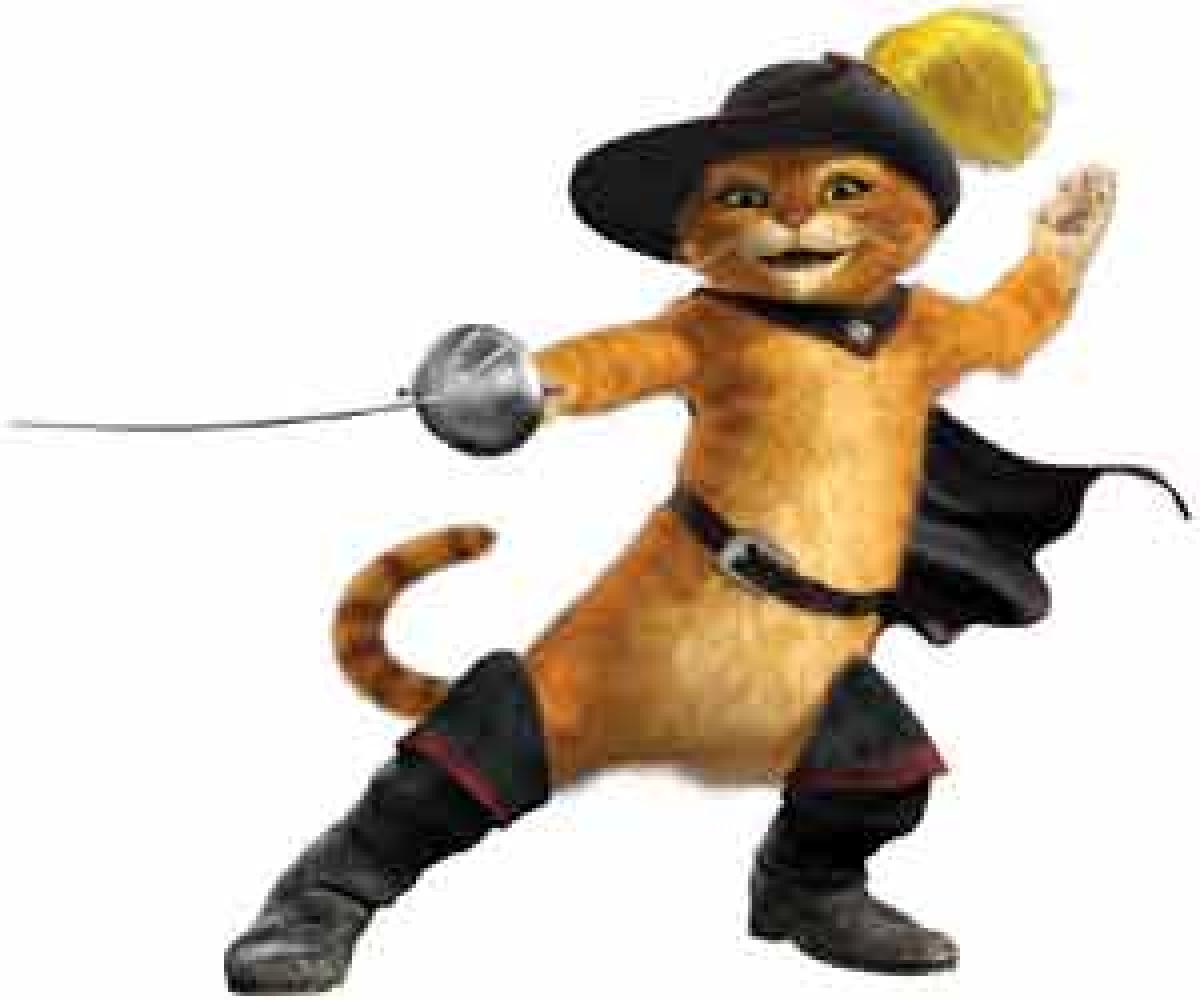Live
- Chanchalguda Jail Officials Say They Haven't Received Bail Papers Yet, Allu Arjun May Stay in Jail Tonight
- BJP leaders present evidence of illegal voters in Delhi, urge EC for swift action
- Exams will not be cancelled: BPSC chairman
- Nagesh Trophy: Karnataka, T.N win in Group A; Bihar, Rajasthan triumph in Group B
- YS Jagan condemns the arrest of Allu Arjun
- Economic and digital corridors to maritime connectivity, India and Italy building vision for future, says Italian Ambassador
- SMAT 2024: Patidar's heroics guide Madhya Pradesh to final after 13 years
- CCPA issues notices to 17 entities for violating direct selling rules
- Mamata expresses satisfaction over speedy conviction in minor girl rape-murder case
- Transparent Survey Process for Indiramma Housing Scheme Directed by District Collector
Just In

From the Neolithic age to the internet era, no other animal species has had such a major presence in human culture, spanning religions, proverbs, fairytales, literature, cartoons, musicals, science and even social media, as this small, furry, charming but independent-minded mammal. And cats have even left man\'s best (animal) friend behind.
From the Neolithic age to the internet era, no other animal species has had such a major presence in human culture, spanning religions, proverbs, fairytales, literature, cartoons, musicals, science and even social media, as this small, furry, charming but independent-minded mammal. And cats have even left man's best (animal) friend behind.
There are instances galore from a wide slice of culture across varied media. In nursery rhyme "Hey Diddle Fiddle", guess who plays the violin and who just stands there laughing.
A most popular cartoon film is about the long-standing rivalry between a cat and its traditional prey (though Tom is frequently outsmarted by Jerry), and while a well-known print cartoon is about lazy hedonistic cat Garfield, fellow pet, dozy dog Odie and their clueless owner Jon.
In the first Harry Potter book ‘The Philosopher's Stone’, the first reference to the magical world is when Mr Dursley, on way to work, sees a cat reading a map. Later another cat has a major role while the only canine to figure prominently turns out to be something else.
On the spectrum's other end, Austrian physicist Erwin Schrodinger "used" a cat and its probable fate to highlight a problem in a particular interpretation of quantum mechanics as applied to everyday life.
But in fiction, felines can be remarkably long-lived and adaptive. Figuring in the first-ever written version of European fairytales by 16th century Italian author Giovanni Francesco Straparola, the story's retellings by Italian Giambattista Basile, and Frenchman Charles Perrault, and the Brothers Grimm, is ‘Il gatto con gli stivali’ (The Booted Cat); ‘Le Maitre Chat’ (The Master Cat), who helps his impoverished master wed a princess.
Puss in Boots, as we know him better, has - between 1922 and 2011 - stared in over 15 films, both animated and live action (including two in which he was voiced by Antonio Banderas). He can also be found in Tchaikovsky's ballet ‘Sleeping Beauty’.
The other cat in folklore to make its master's fortunes is the unnamed one of Dick Whittington - though not as enterprising and accomplishing it through its traditional role of killing vermin.
Another feline who has significantly expanded out of its original work is one with the broad mischievous grin Alice meets off and on in her trip through the Wonderland.
Although the Cheshire Cat and its grin predates Lewis Carroll's 1865 work - it was an idiom in the 18th century and also figures in William Makepeace Thackeray's 1855 novel ‘The Newcomes’, but this was the first use as a character.
The perennially smiling cat subsequently became identified with this depiction, with its engaging but perplexing philosophically-tinged conversation and power to appear and disappear - in stages.
Apart from the book's various adaptions, Cheshire Cat retains these attributes in Jasper Fforde's alternate history comic fantasy, the ‘Thursday Next’ series, where he testily informs the heroine that due to reorganisation of county boundaries, he is now the Cat formerly known as Cheshire or the Unitary Authority of Warrington Cat.
Debuting in the second work, ‘Lost in a Good Book’ (2002), he is chief librarian of the BookWorld's Great Library, which has a copy of every single published English novel, as well as a senior operative of its literary police force, JurisFiction. Despite his habit of making non sequiturs, he proves to be a helpful friend to Thursday, helping her out of some tight spots.
Drawing on Cheshire Cat's mischievousness and philosophical ponderings but taking them much further is Kot Begemot, or Behemoth, in ‘The Master and Margarita’, Russian writer Mikhail Bulgakov's dark tale of devilish goings in 1930s Stalinist Moscow.
The characters of T S Eliot's ‘Old Possum's Book of Practical Cats’ (as also seen in Andrew Lloyd Webber's musical ‘Cats’), the hedonistic Fritz the Cat, robot cat Doraemon, LolCats on social media and many, many more - cats may have nine lives, but in culture, their depictions seem infinite.

© 2024 Hyderabad Media House Limited/The Hans India. All rights reserved. Powered by hocalwire.com







